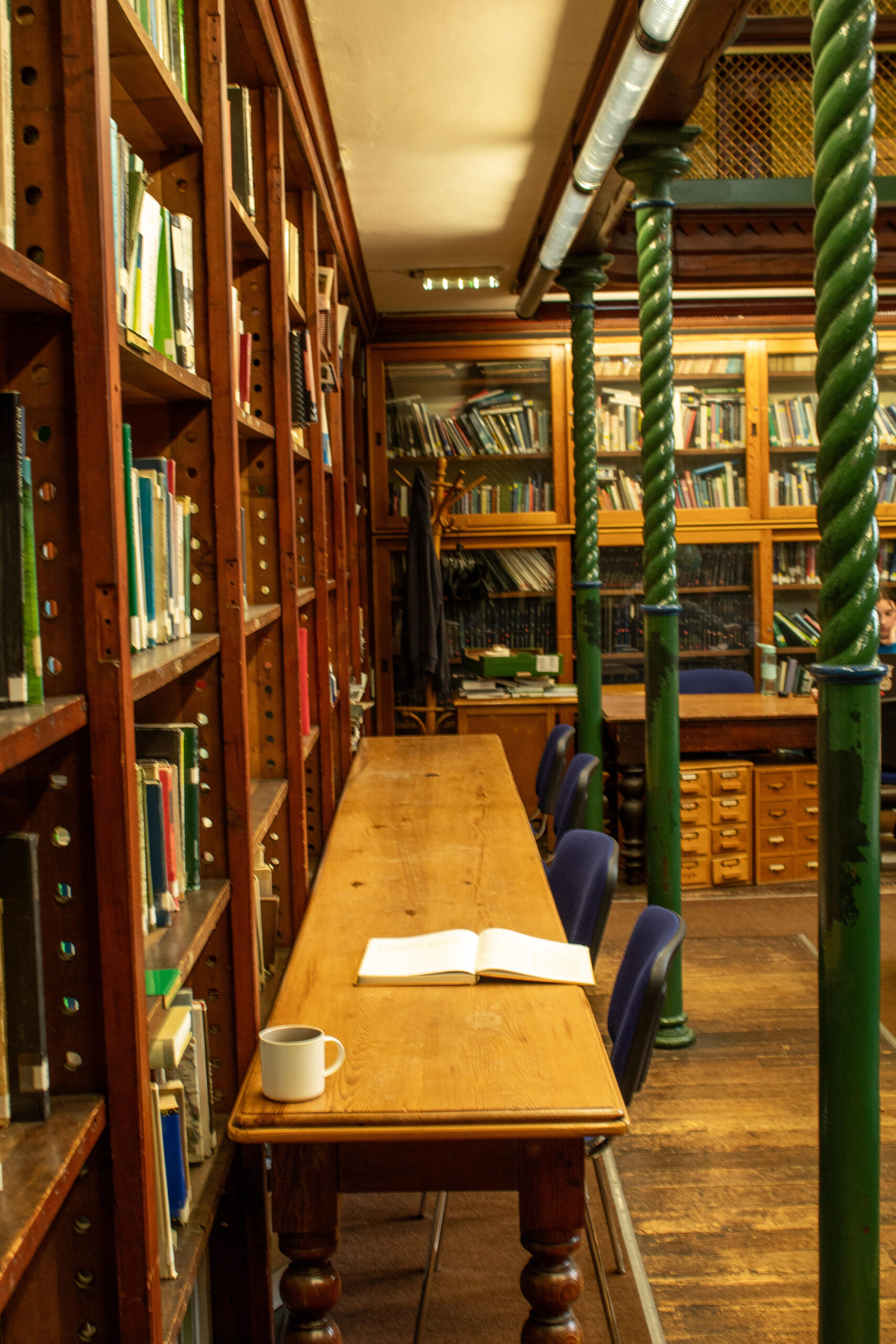After fourteen months of repairs the Large Hadron Collider (LHC) in Cern is up and running once again.
The twenty-seven kilometre long particle accelerator was heavily damaged in September last year less than a week after it was first launched. An electric fault caused a tonne of liquid helium to leak, causing massive damage to some of the LHC’s electromagnetic components.
The gargantuan machine was restarted last Friday, a few hours earlier than expected, and has since done more than it did during its initial run last year. The extra year has also given Cern scientists the time to develop more advanced instruments and software for dealing with the data the LHC produces.
Cern researchers built the LHC to try to recreate similar conditions to those just after the Big Bang. Among what they hope to learn from their experiments is the discovery of the theoretical Higgs boson, the only particle in the Standard Model of particle physics not to have been observed.






